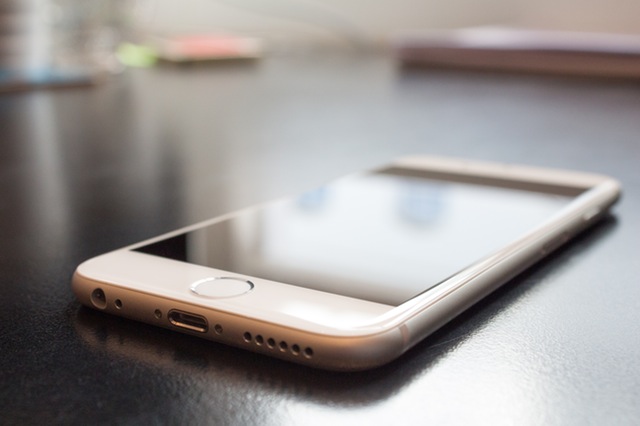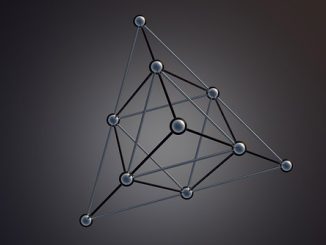
A team of researchers at the University of California have created a self-healing substance that can potentially make cellphone screen-damage problem a thing of the past. Their research — published back in December in the journal Advanced Material — has gained more attention since it was presented by the team during the 253rd National Meeting & Exposition of the American Chemical Society. According to lead author Dr. Chao Wang, they were able to develop the material by producing a molecular chemical bond that remained stable even under electrochemical conditions.
The soft rubber-like material is made of a stretchable polymer and an ionic salt. It’s cheap and easy to produce, can stretch up to 50 times its original size, and is also capable of conducting electricity. These features combined make it a viable material for producing smartphone screens that are scratch-resistant and extremely durable. The substance has potential applications in the field of soft robotics as well.
As Dr. Wang explained to MailOnline, the principle behind the self-healing polymer was based on the premise that materials consist of a mix of strong covalent bonds and weaker non-covalent bonds. When a material gets damaged, non-covalent bonds protect covalent bonds by getting broken first. As weak as these non-covalent bonds are, however, they’re also reversible, which means after they’re broken, they can also recover. And this cycle can be repeated over and over again.
In the case of the self-healing polymeric material, it relies on a special kind of bond referred to as an ion-dipole interaction, basically a force between ions and polar molecules. What happens is that when the two ends of the broken material meet, this force causes the ions and molecules to get attracted to each other. In other words, the ion-dipole interaction causes the broken non-covalent bonds to reunite and reform, resulting in the material healing its own damage.
The team conducted several experiments to test their polymer’s self-healing ability. Most notably, they mentioned one instance when after being torn in half, the material stitched itself back together within a day.
Dr. Wang’s interest in self-healing materials was supposedly sparked by his love for one of Marvel’s most famous characters — X-Men’s Wolverine — who was practically invincible because of his special ability to heal himself.
He told Business Insider: “Self-healing materials may seem far away for real application, but I believe they will come out very soon with cellphones. Within three years, more self-healing products will go to market and change our everyday life. It will make our cellphones achieve much better performance than what they can achieve right now.”
Moving forward, the team is working on further improving the material’s properties by making alterations on the polymer.
Disclaimer: This page contains affiliate links. If you choose to make a purchase after clicking a link, we may receive a commission at no additional cost to you. Thank you for your support!




Leave a Reply